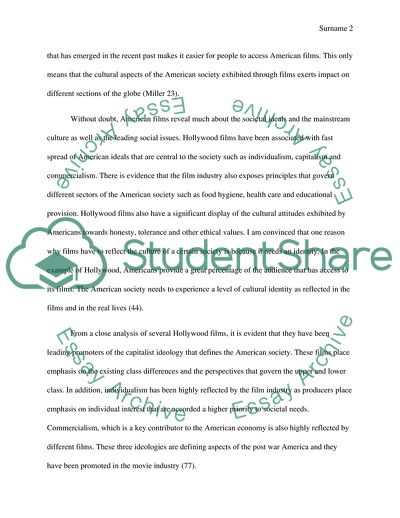Cite this document
(Film and Reflection of Society and Culture Essay, n.d.)
Film and Reflection of Society and Culture Essay. https://studentshare.org/visual-arts-film-studies/1828627-semester-research-paper-assignment
Film and Reflection of Society and Culture Essay. https://studentshare.org/visual-arts-film-studies/1828627-semester-research-paper-assignment
(Film and Reflection of Society and Culture Essay)
Film and Reflection of Society and Culture Essay. https://studentshare.org/visual-arts-film-studies/1828627-semester-research-paper-assignment.
Film and Reflection of Society and Culture Essay. https://studentshare.org/visual-arts-film-studies/1828627-semester-research-paper-assignment.
“Film and Reflection of Society and Culture Essay”. https://studentshare.org/visual-arts-film-studies/1828627-semester-research-paper-assignment.


